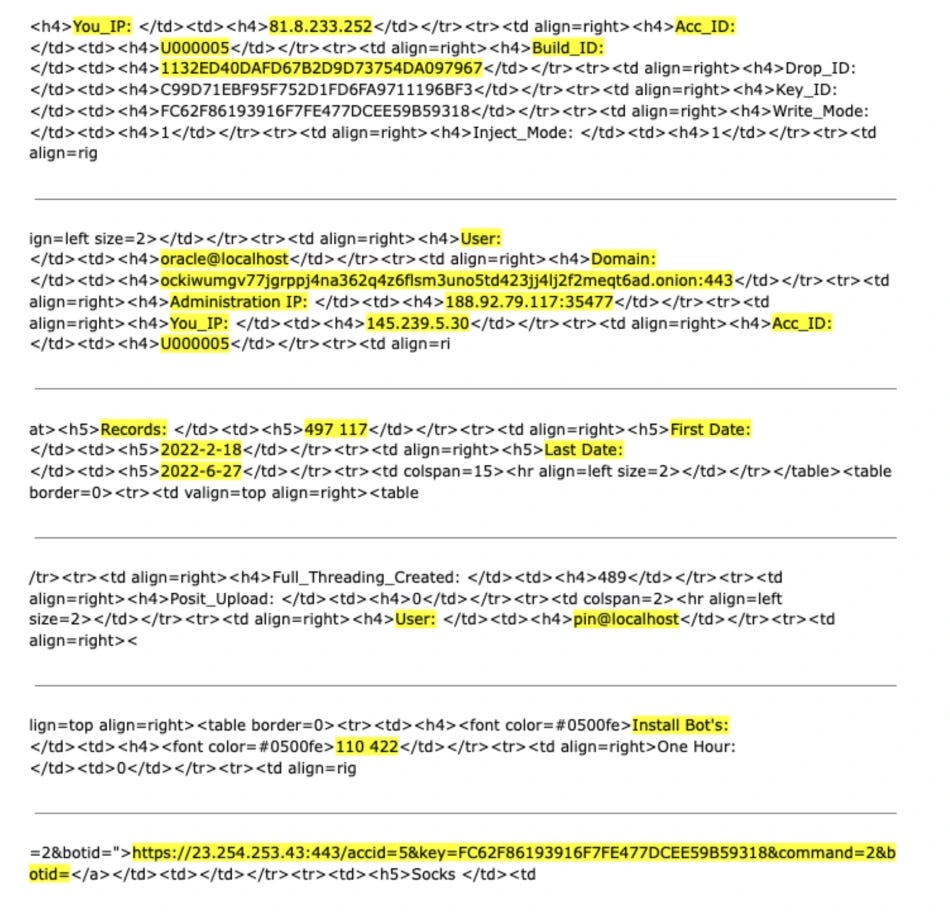How a Simple Programming Mistake Took Down a $50 Million Botnet
This week, we're exploring an interesting story of how defenders quietly hacked the botnet infra that caused over $50 million in losses worldwide and key lessons from the incident.
Most of the time, I write about how attackers break into systems, outwit defenses, and exploit vulnerabilities.
But today, I want to flip the script and talk about an interesting incident where defenders quietly hacked the botnet infra that caused over $50 million in losses worldwide.
This is a story not about how attackers won—but how they lost.
🔍 The Attack Flow: A Step-by-Step Look
Attacker maintains a massive botnet (well-known as "DanaBot") and a server controlling those bots > When the server gets a request from an infected computer (a bot), it sends a response.
Before sending the response, the server sets aside a small section of its memory where it will write its reply.
In 2022, attacker introduces a simple code change: they wanted responses to look more random, so they decided to add extra random bytes to response > And so, they allocated extra memory for these bytes.
But, here's the mistake: they didn’t initialize this new memory (i.e. didn’t set it to zeros or any known value) > Because they didn't initialize it, the buffer just contained whatever random data was already in RAM at that spot from before.
Hence, when the server replied, it unintentionally included tiny bits of old data in the responses from previous server tasks (see the pic for clarity, credits: Zscalar blog).
Security researchers discover this flaw > Send crafted requests > Force the server to spill the secrets: threat actor usernames, IPs, domains, infection and exfiltration statistics, malware version updates, private cryptographic keys and more! > Law enforcement quietly monitors this for 3 years and finally take the infra down!
💡Key Insights & Lessons
Security vulnerabilities have no loyalty. They serve whoever finds them first. The very same vulnerabilities attackers exploit in others' code can, and sometimes do, appear in their own code. Security is hard to get universally right. A single programming flaw can just as easily betray an attacker as it can a developer.
These kind of bugs are classified as 'memory safety' vulnerabilities. The server was meant to add random junk data to its replies, but it forgot to actually fill the new space with random bytes. As a result, it accidentally sent back leftover data from memory, which leaked secrets. This category includes issues such as:
Use of uninitialized memory:
Allocating memory but failing to set it to known values before reading or sending it.
Leads to leaking leftover data (secrets from other parts of the program or even the OS).
This DanaBot bug is a perfect example.
Buffer overflows / underruns:
Writing outside the allocated bounds of a buffer (overflows), or reading before it starts (underruns).
Can crash programs, corrupt data, or even allow attackers to execute arbitrary code.
Use-after-free:
Accessing memory after it’s already been freed, meaning someone else might now control that space.
Leads to crashes or exploitable conditions.
Dangling pointers / invalid frees:
Using or freeing pointers that no longer point to valid memory.
Why does this even happen? Many higher-level languages (like Java, Python, or Rust with safe defaults) automatically initialize memory. But when you’re working in C/C++ or Delphi (as in attacker's case) or doing manual buffer handling, it’s your job.
The key lesson: If you're using one of those languages, always initialize memory before you use it. Never assume newly allocated memory is empty or safe. It may contain leftover data from earlier operations. Allocated memory does not automatically get zeroed out or filled with safe values. If you read from or send data from uninitialized memory, you might accidentally leak secrets (like passwords, crypto keys, or private data from other parts of your program)
This is the story of "DanaBot" that has been running since 2018 as a malware-as-a-service platform, renting out infra for credential theft and DDoS causing over $50 million in losses worldwide. As part of this operation, law enforcement seized hundreds of servers/domains and charged over a dozen individuals.
Security teams play offense typically to simulate and test their own defense. But sometimes, they do employ the idea 'the best defense really is a good offense'. And when they do, its beautiful to watch.




